For kitchen professionals and enthusiasts alike, the quest for the perfect baking experience often leads to experimenting with various tools and materials. One such tool that has stirred curiosity is the use of silicone liners in cast iron muffin pans. This intriguing combination promises convenience and efficiency, but does it truly deliver the desired results? In this article, we delve into the dynamics of using silicone liners with cast iron muffin pans to determine if they are a match made in culinary heaven.
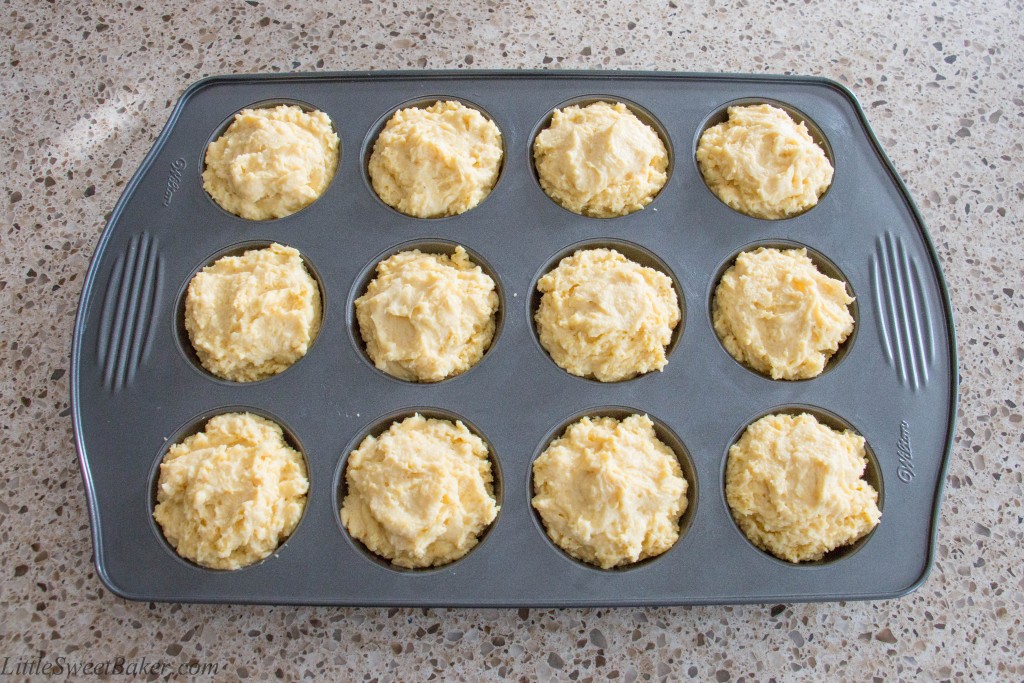
The Appeal of Silicone Liners
Silicone liners have gained popularity in the culinary world for their non-stick properties and reusability. Unlike traditional paper liners, silicone versions are designed to be durable, flexible, and easy to clean. Their ability to withstand high temperatures makes them an attractive choice for bakers looking to streamline their processes. However, when it comes to using them with cast iron muffin pans, several factors need to be considered.
Understanding Cast Iron Muffin Pans
Cast iron muffin pans are celebrated for their exceptional heat retention and even distribution, which contribute to perfectly baked goods. Their robust construction ensures longevity, making them a favorite among professional chefs. The downside, however, is the need for proper seasoning to maintain their non-stick surface and prevent rust. This characteristic raises the question: how do silicone liners fit into the equation?
Compatibility Concerns
When combining silicone liners with cast iron muffin pans, compatibility becomes a crucial consideration. The primary concern is whether the silicone material hinders the cast iron's ability to evenly cook the batter. Some chefs argue that the additional layer between the batter and the cast iron surface can impact heat transfer, potentially resulting in uneven baking. However, others believe that the benefits of easy release and hassle-free cleaning outweigh this drawback.
Exploring the Benefits
Using silicone liners in cast iron muffin pans offers several advantages that appeal to kitchen professionals:
1. Easy Release and Cleaning
One of the main attractions of silicone liners is their non-stick nature. Baked goods effortlessly slide out of the liners, minimizing the risk of sticking and crumbling. This feature is particularly valuable in a professional kitchen where time is of the essence. Additionally, silicone liners are dishwasher safe, simplifying cleanup after a busy day of baking.
2. Preservation of Seasoning
Cast iron muffin pans require consistent seasoning to maintain their non-stick surface. By using silicone liners, chefs can reduce the need for seasoning maintenance, as the liners act as a protective barrier between the batter and the pan. This preservation of seasoning is especially advantageous for vintage cast iron pans that hold sentimental value and require delicate care. For more insights, you can explore our article on re-seasoning vintage cast iron muffin pans.
Addressing Potential Drawbacks
While the benefits are appealing, it's important to acknowledge the potential drawbacks of using silicone liners in cast iron muffin pans.
1. Heat Transfer and Baking Time
As mentioned earlier, the addition of silicone liners can impact heat transfer. This may result in variations in baking time and potentially uneven cooking. To counter this, chefs may need to experiment with slightly longer baking times or adjust oven temperatures to achieve the desired results.
2. Aesthetic Considerations
For those who value the traditional aesthetic of cast iron baking, the use of silicone liners may alter the appearance of the finished product. Some chefs appreciate the rustic charm of baked goods with a golden crust achieved through direct contact with the cast iron surface. However, this is a matter of personal preference and may not be a significant concern for all.
The Verdict: Do Silicone Liners Work?
Ultimately, the decision to use silicone liners in cast iron muffin pans boils down to individual preferences and priorities. For professionals seeking convenience, easy cleanup, and the preservation of seasoning, silicone liners offer undeniable benefits. However, those who prioritize traditional baking aesthetics and are willing to invest time in seasoning maintenance may choose to forgo the liners.
To further explore the differences between cast iron and silicone pans, you can check out our comparison article on cast iron muffin pan vs silicone.
For a deeper understanding of how to use cast iron muffin pans effectively, refer to this comprehensive guide on cast iron muffin pan vs cakelet pan.
Conclusion
In conclusion, the compatibility of silicone liners with cast iron muffin pans offers a unique blend of convenience and functionality. While some chefs may be skeptical about potential drawbacks, the benefits of easy release, cleaning, and seasoning preservation cannot be overlooked. As with any culinary tool, experimentation and personal preferences play a significant role in determining whether this combination suits your baking needs.
For more creative ideas on utilizing muffin pans, you can explore a variety of recipes in this muffin tin egg recipes collection.
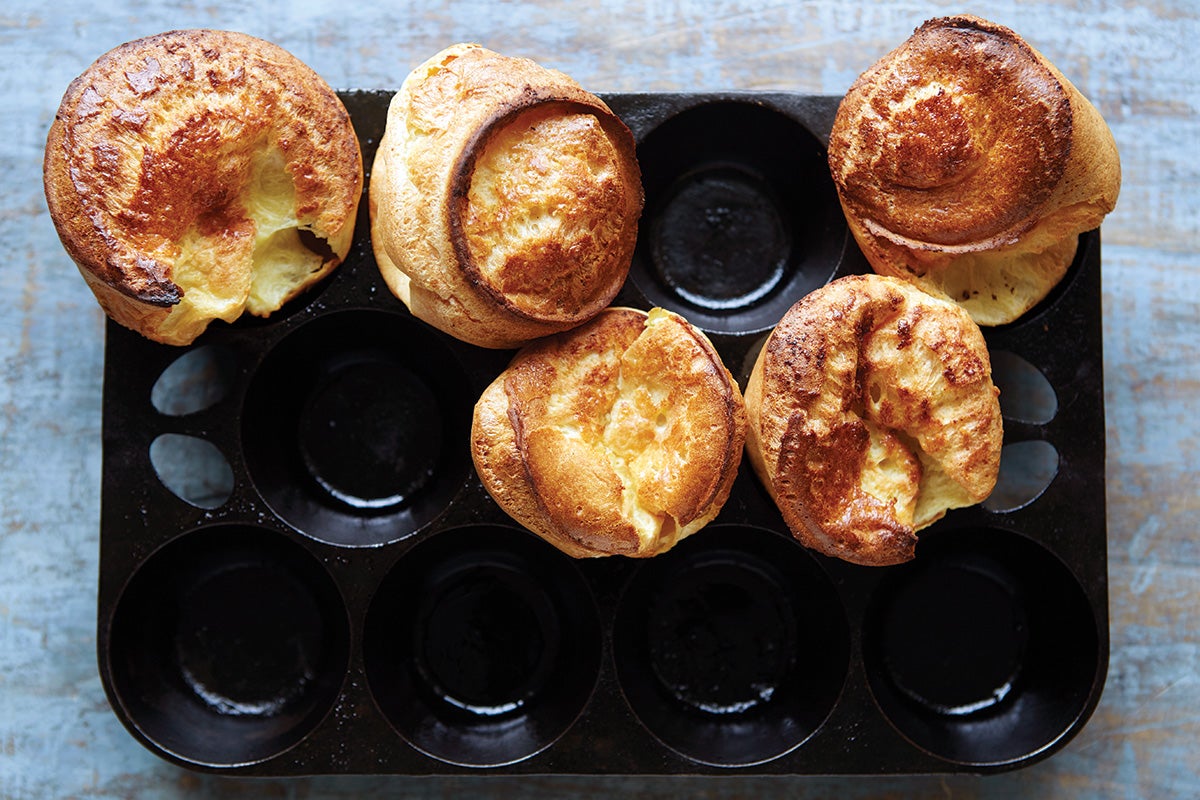
FAQs
1. Can I use silicone liners in any type of muffin pan?
Yes, silicone liners can be used in various types of muffin pans, including non-stick, cast iron, and aluminum pans. They are versatile and designed to fit most standard pan sizes.
2. How do I clean silicone liners?
Cleaning silicone liners is simple. They are dishwasher safe, but you can also wash them by hand using warm soapy water. Ensure they are thoroughly dried before storing to prevent any moisture buildup.
3. Do silicone liners affect the taste of baked goods?
No, silicone liners do not impart any taste or odor to baked goods. They are made from food-grade silicone, ensuring that the flavors of your creations remain authentic.
This article contains affiliate links. We may earn a commission at no extra cost to you.

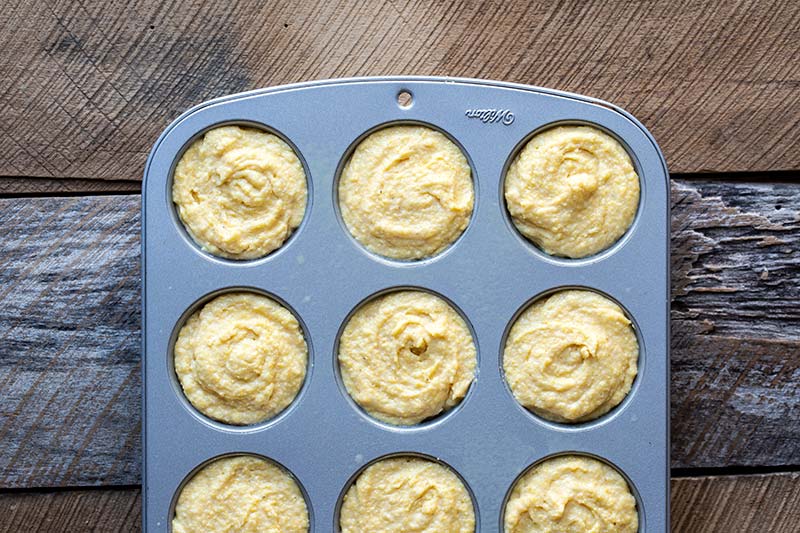


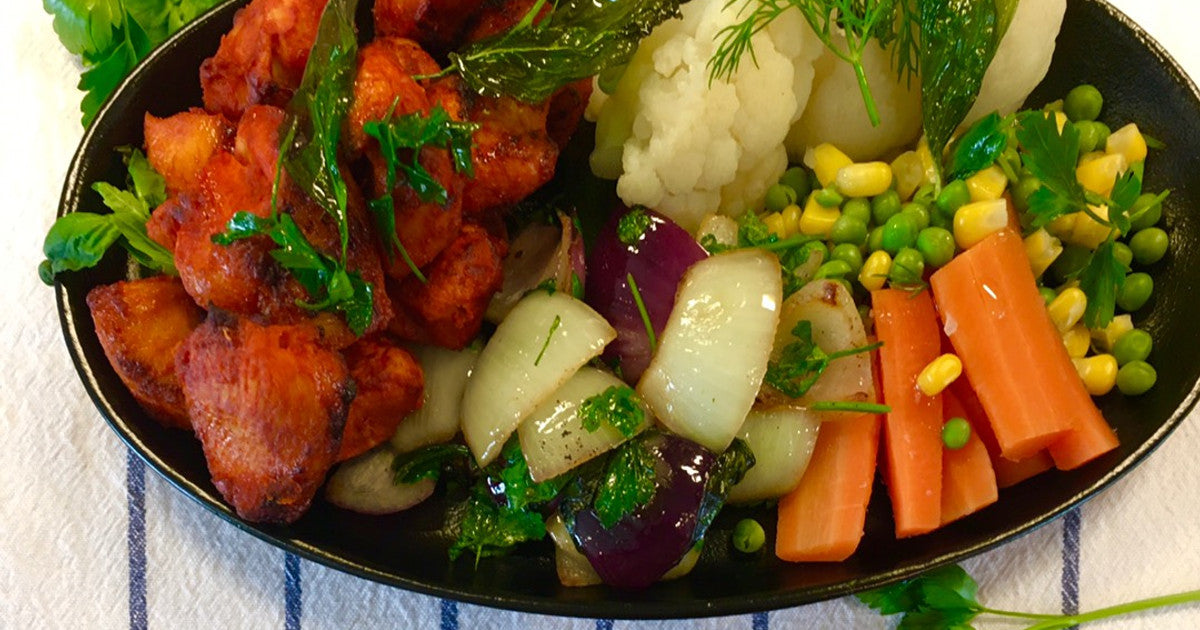
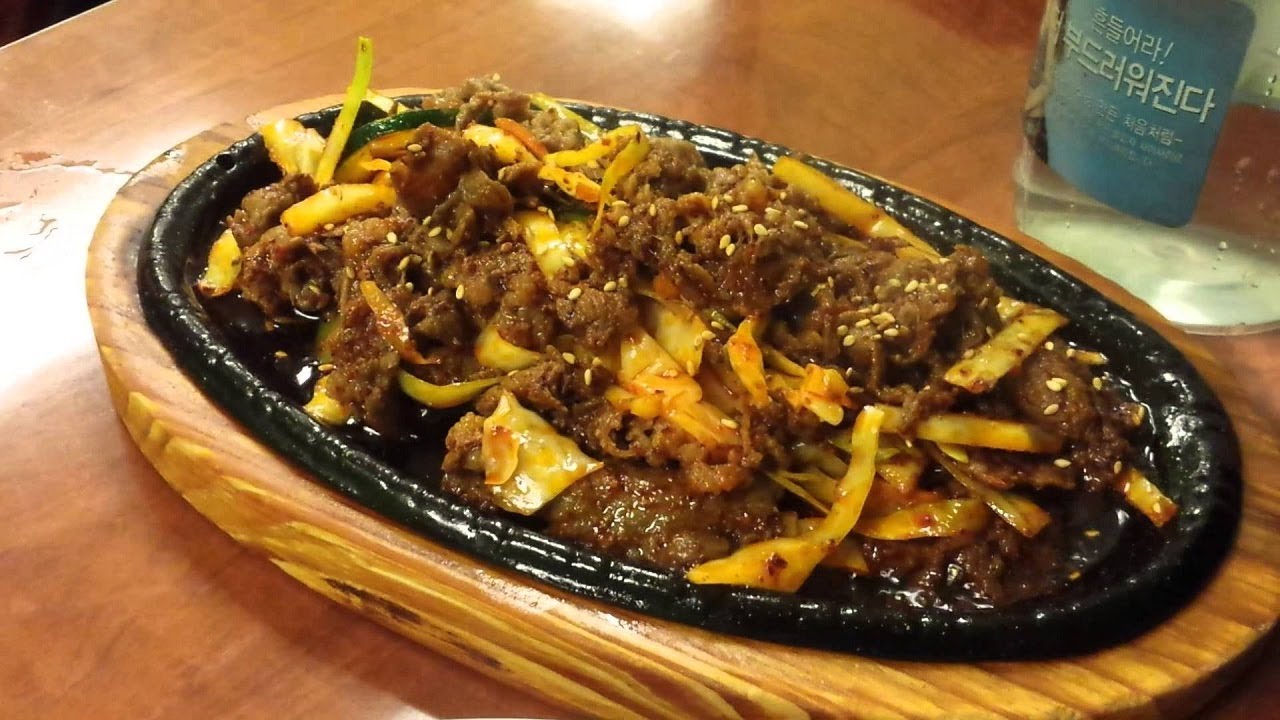
Leave a comment
This site is protected by hCaptcha and the hCaptcha Privacy Policy and Terms of Service apply.